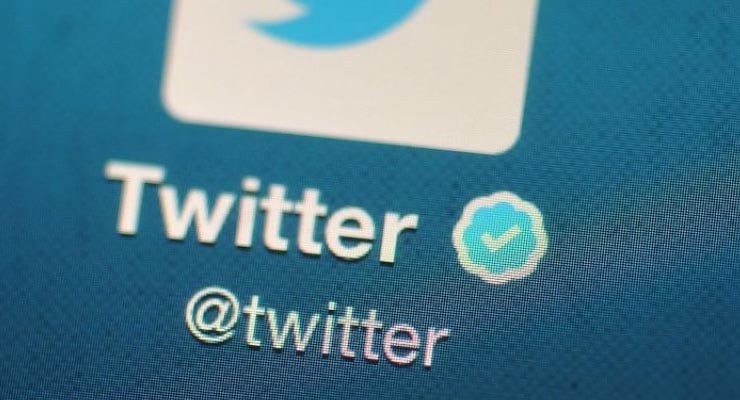Twitter placing “glorifying violence” warning on Trump tweet
Social media platform Twitter had hidden a tweet from President Donald Trump for what is claims is for “glorifying violence”.
On Friday, Twitter took action against another one of the president’s tweets concerning the riots and looting happening in Minneapolis for what the site claims was glorifying violence. The move is the latest in an escalating rift between President Trump and his social media platform of choice.
In the tweet, Trump uses the phrase “when the looting starts, the shooting starts“.
Earlier in the week, Twitter placed fact checking labels on two Trump tweets concerning mail-in ballots, where the president claimed such ballots would lead to widespread election fraud. Twitter placed a link leading to a variety of media outlets and experts who assert such a claim was unsubstantiated.
This led to Trump signing an executive order on Thursday that attempts to remove liability for social media companies if they continue to [what Trump referred to as] repress content from users. This would make social media companies like Twitter and Facebook more susceptible to lawsuits as it would make them legally vulnerable to content posted by their respective user bases.
Sponsored Content. Continued below...
Only a day after the executive order, Twitter has now limited the visibility of a Trump tweet (the previous fact checking labels did not limit visibility of the president’s tweets) for glorifying violence after he ordered the military to help in the escalating riots in Minneapolis after the death of unarmed black man George Floyd who was killed while being detained by police.

In the tweet, Trump used the phrase “when the looting starts, the shooting starts” which is likely why Twitter placed the warning on the tweet. Twitter said in a tweet –
This Tweet violates our policies regarding the glorification of violence based on the historical context of the last line, its connection to violence, and the risk it could inspire similar actions today.
That is likely in reference to Miami Police Chief Walter Headley, who in December 1967, said the same thing while threatening violent reprisals for rioting during racially charged protests in 1967 in Florida.
Twitter users can still view Trump’s tweet, by clicking “view” next to the tweet. However it still comes attached to the following disclaimer –
This Tweet violated the Twitter Rules about glorifying violence. However, Twitter has determined that it may be in the public’s interest for the Tweet to remain accessible. Learn more
While users can still view the tweet, they cannot retweet, reply or like the tweet, though they can still “retweet with comment” on the tweet.
Twitter prohibits “glorification of violence” on its platform. In its terms of service, it reads –
Under this policy, you can’t glorify, celebrate, praise or condone violent crimes, violent events where people were targeted because of their membership in a protected group, or the perpetrators of such acts. We define glorification to include praising, celebrating, or condoning statements, such as “I’m glad this happened”, “This person is my hero”, “I wish more people did things like this”, or “I hope this inspires others to act”.
Violations of this policy include, but are not limited to, glorifying, praising, condoning, or celebrating:
violent acts committed by civilians that resulted in death or serious physical injury, e.g., murders, mass shootings;
attacks carried out by terrorist organizations or violent extremist groups (as defined by our terrorism and violent extremism policy); and
violent events that targeted protected groups, e.g., the Holocaust, Rwandan genocide.
Twitter’s move will likely start a debate as to whether President Trump’s tweet violates those terms.
Trump has long enjoyed a special protection on his Twitter account that would have seen regular Twitter members facing punitive action or even removal from the site. However, with Twitter’s latest policies, it seems that protection is more limited than it has been previously.
Continued below...
Thanks for reading, we hope this article helped, but before you leave us for greener pastures, please help us out.
We're hoping to be totally ad-free by 2025 - after all, no one likes online adverts, and all they do is get in the way and slow everything down. But of course we still have fees and costs to pay, so please, please consider becoming a Facebook supporter! It costs only 0.99p (~$1.30) a month (you can stop at any time) and ensures we can still keep posting Cybersecurity themed content to help keep our communities safe and scam-free. You can subscribe here
Remember, we're active on social media - so follow us on Facebook, Bluesky, Instagram and X
